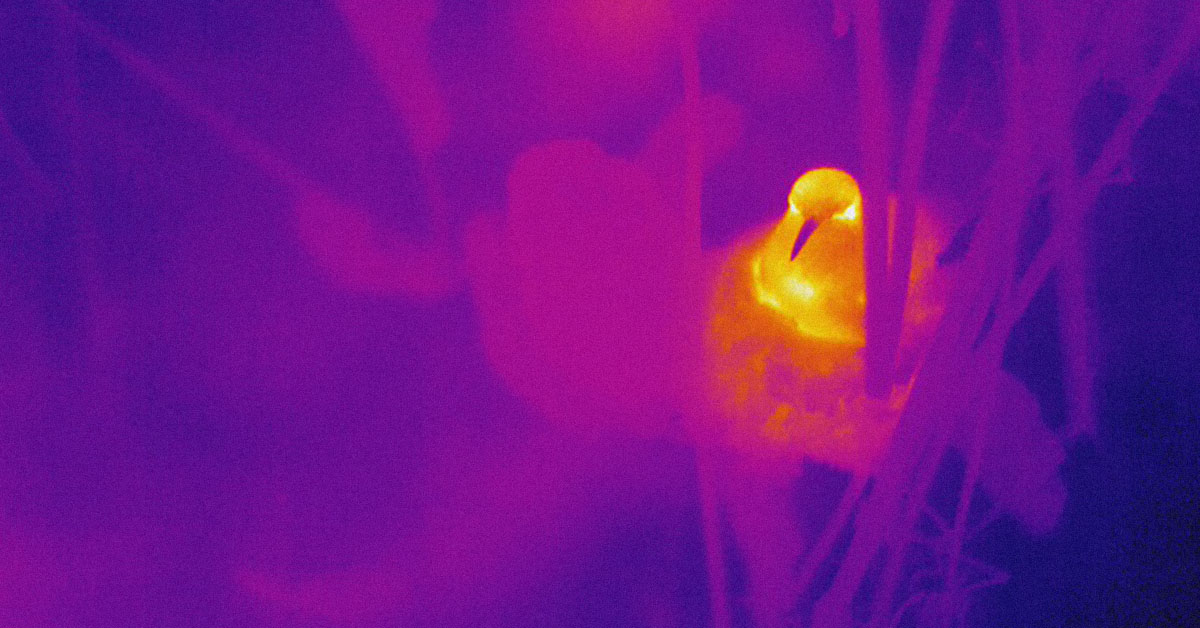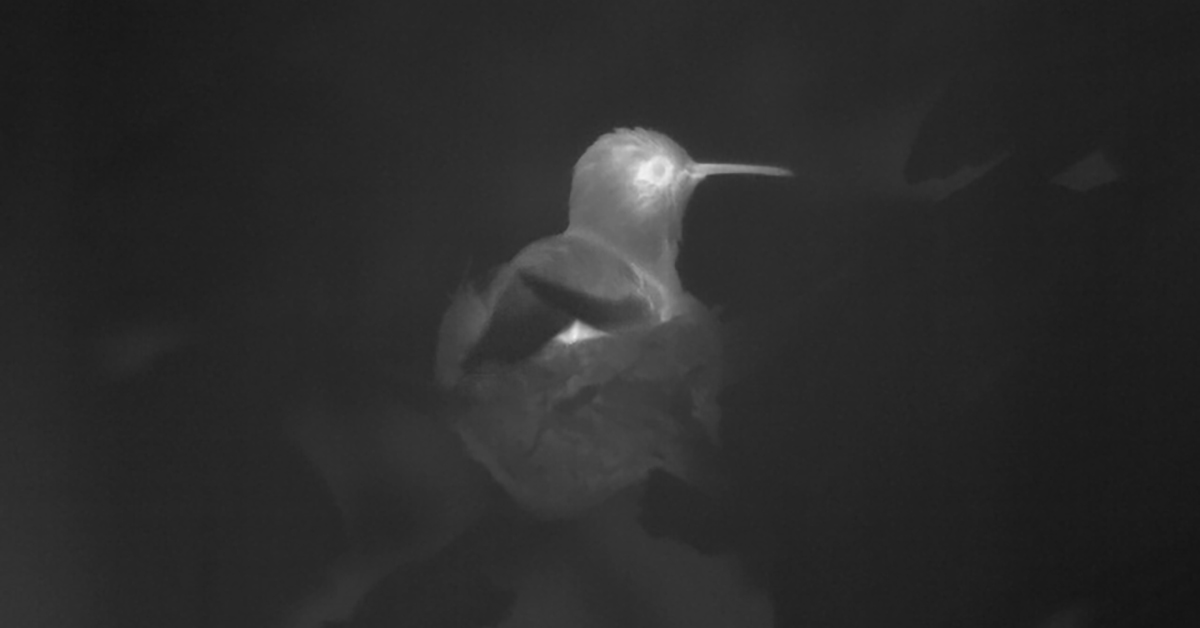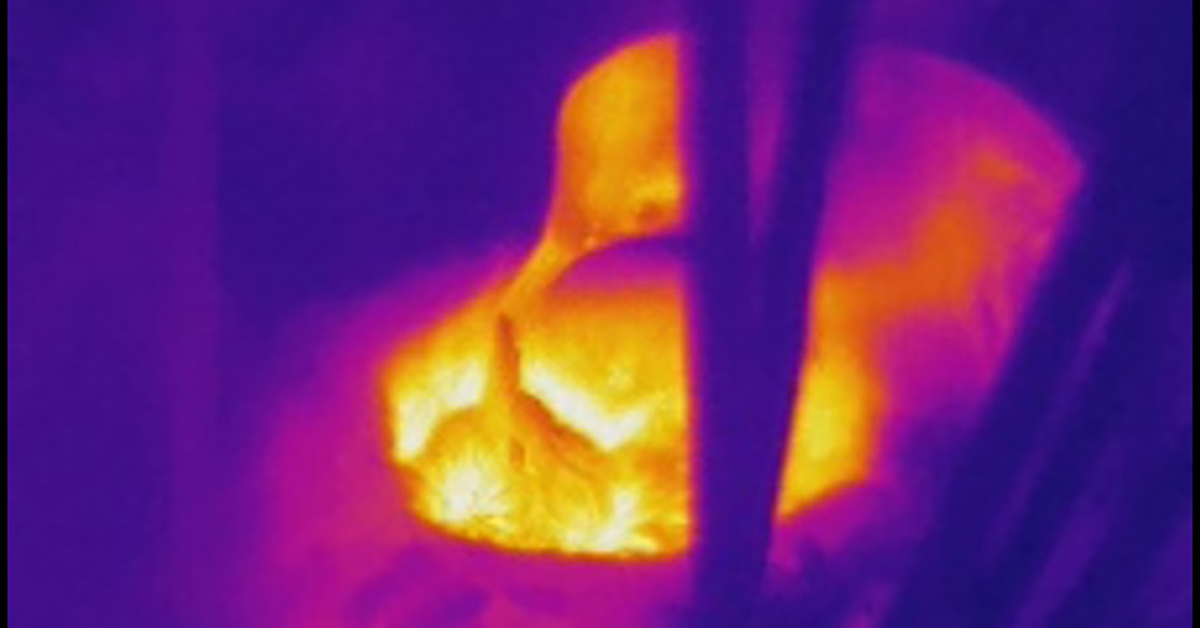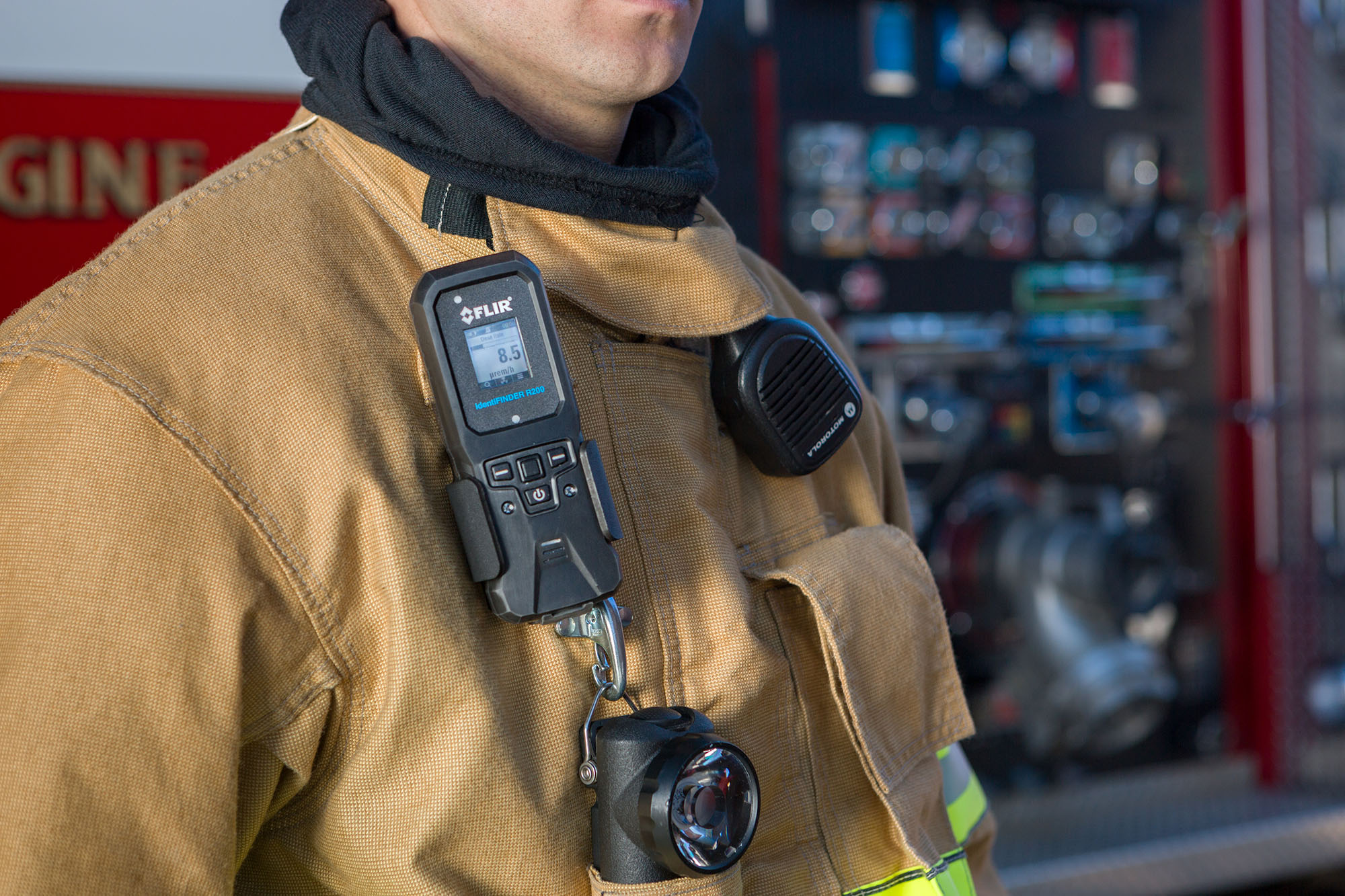Loyola Marymount Using FLIR Thermal Cameras to Research Hummingbirds

Mothering hummingbirds have an incredible ability to maintain strength with little rest, and researchers at Loyola Marymount University’s (LMU) Center for Urban Resilience in Los Angeles use FLIR thermal imaging cameras to better understand why. Uncovering how these birds cope without recuperation time during nesting could hold key insights into medical technology research and applications.
 Hummingbirds need to maintain a high metabolism because they use energy at such extreme rates. Due to their small size, they consume the caloric equivalent of 300 hamburgers in nectar daily. Unless a female hummingbird is nesting, nightly “torpor” (temporary hibernation) is vital to survival. Torpor involves the drastic reduction of body temperature, and nesting hummingbirds are thought to be unable to enter this state as they must use their body temperature to look after their eggs.
Hummingbirds need to maintain a high metabolism because they use energy at such extreme rates. Due to their small size, they consume the caloric equivalent of 300 hamburgers in nectar daily. Unless a female hummingbird is nesting, nightly “torpor” (temporary hibernation) is vital to survival. Torpor involves the drastic reduction of body temperature, and nesting hummingbirds are thought to be unable to enter this state as they must use their body temperature to look after their eggs.
 Because body temperature is the primary indicator of torpidity, the researchers needed a way to monitor nests without disturbing the birds and introducing variables that could alter findings. By incorporating the use of FLIR’s Vue Pro R, a compact thermal drone camera that has the ability to read temperature for sUAS applications, LMU’s research team is able to creatively place the cameras very close to the birds in order to capture frequent, accurate and non-contact temperature readings.
Because body temperature is the primary indicator of torpidity, the researchers needed a way to monitor nests without disturbing the birds and introducing variables that could alter findings. By incorporating the use of FLIR’s Vue Pro R, a compact thermal drone camera that has the ability to read temperature for sUAS applications, LMU’s research team is able to creatively place the cameras very close to the birds in order to capture frequent, accurate and non-contact temperature readings.
LMU researchers aim to quantify the energy associated with female hummingbirds by monitoring each of the nest’s state of torpidity across campus with both the handheld FLIR C2 and Vue Pro R. When the project was initially launched, about 10 nests were monitored, but now the team has over 26 nests, with thermal data for over half and furthering findings daily.
Understanding the physiological mechanisms animals use to cope with extreme energy requirements and limitations—such as those required by LMU's mama hummingbirds—may open the door to broader, human medical applications. Certain applications could address the necessity to reduce oxygen and food consumption during long-term space travel. LMU’s team wants to additionally use this project’s findings to benefit students at all levels of education, from elementary to Ph.D candidates.
Learn more about the details of the ongoing project and how FLIR technology is leveraged here.


